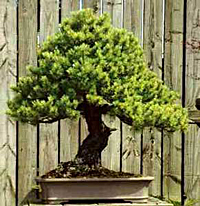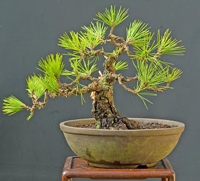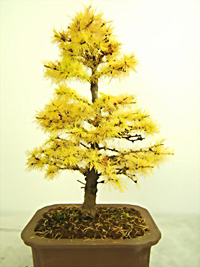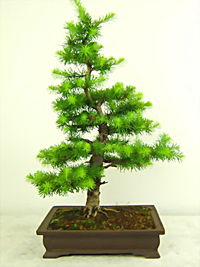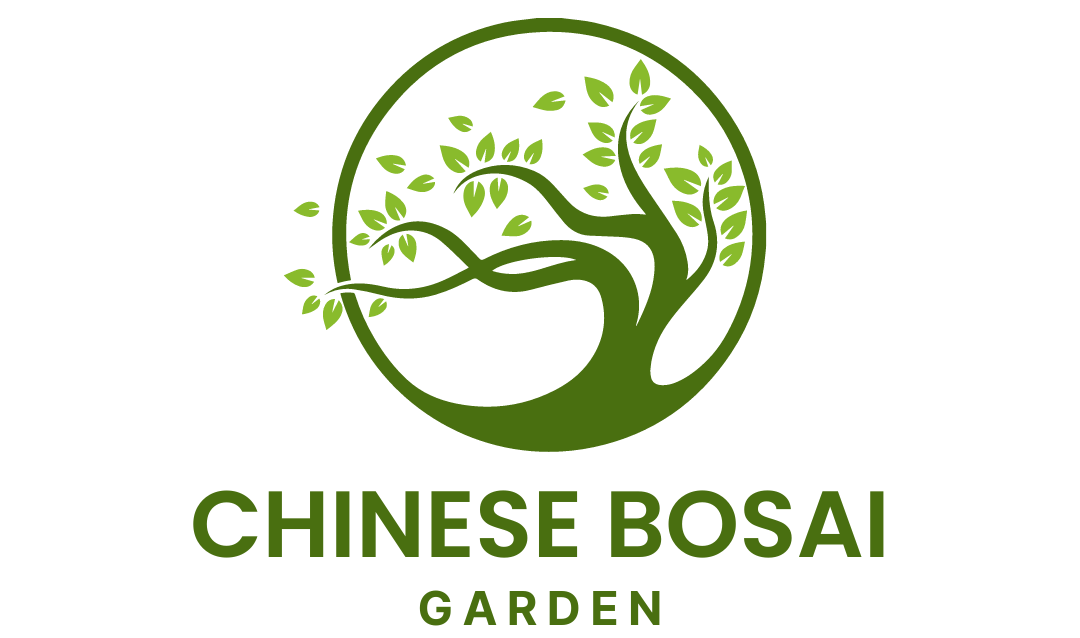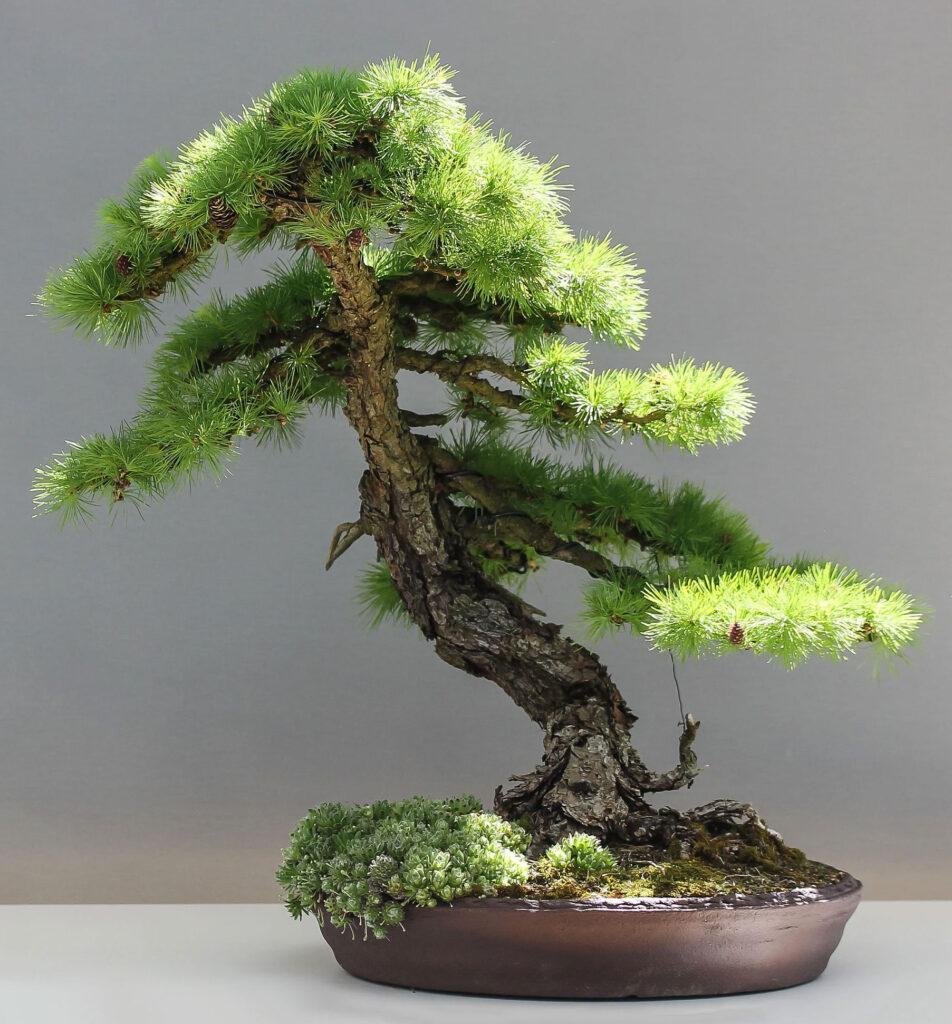
The Japanese Larch Bonsai Tree, scientific name Larix leptolepis or Larix kaempferi, is a deciduous, fast-growing tree native to North America. It has light green needle-like leaves and is great for most of the bonsai styles.
This tree is very hardy and needs to be grown outdoors. Unusual for decideous conifers, cones are purplish in color and are quite small, and seem in proportion to most sizes of bonsai.
Additional Information
Family: Pinaceae
Scientific name: Larix leptolepis or Larix kaempferi
Common Names: Japanese Larch, Blue Rabbit Larch, Dervaes Larch
Origin: Native to north America.
Appearance: Japanese Larch has a wide-spreading crown and scaling bark that reveals pale, gray inner bark. The trunk is smooth when young, and turns rough as it gets older.
It has dark red or reddish-brown branches with light green needle-like leaves that grow in clusters of 10 or 20. Leaves turn bright yellow to orange before dropping in fall. It develops a very wide, shallow root system.
Flowering: It produces green cones that turn brown as they mature. Cones are erect with 30-50 seeds inside.
Outdoor/Indoor Use: Outdoors.
Light Requirements: If prefers full sun.
Water Requirements: It requires daily watering during the growing season and less water during winter months. Make sure to use soil with good drainage. Also, do not allow soil to dry out completely.
Pruning/Training: Branch pruning should be done at the end of winter. Maintenance pinching should be done throughout the year. Wait for the new growth to extend, then pinch new shoots to two bundles of needles.
This will allow the trunk and branches to thicken. You can use wires on this plant. Because of the vigorous growth, check wires regularly to avoid wire marks on the bark.
Bonsai Style: Any style will work except for the broom.
Fertilizing: Start feeding as soon as buds appear in Spring. Feed every two weeks during the growing season, from April to September, with well-balanced fertilizer.
Repotting: Needs to be repotted every one to two years in spring. It likes moist but well-drained soil. Use regular bonsai soil mix.
Hardiness: This is a hardy tree that grows best in the USDA Zones 4-7. It needs to be protected from temperatures below 15F.
Insects and Diseases: Aphids and scale insects.
Propagation: By seed, cuttings, or air-layering.
